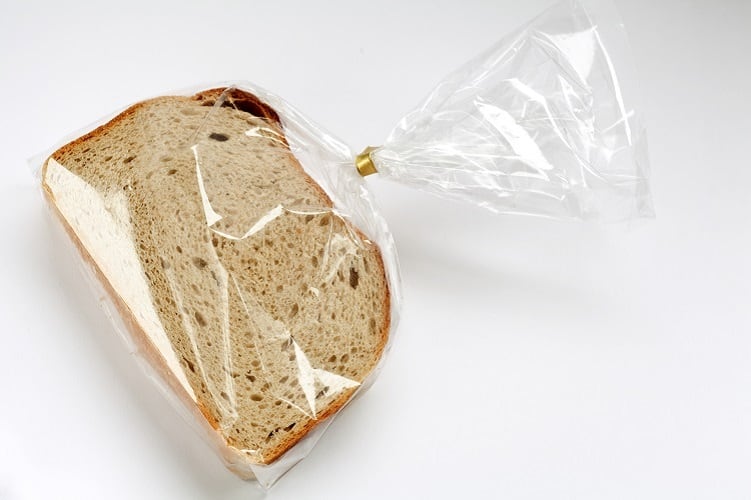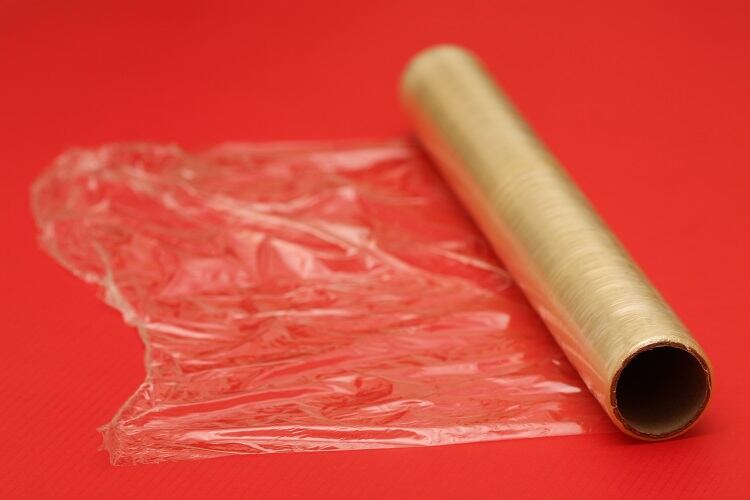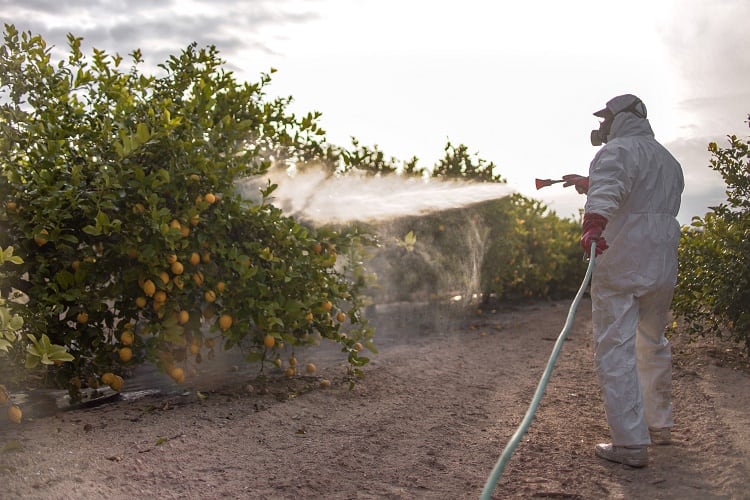Plastics are one of the most useful materials on the planet. They are flexible, durable, versatile, and ubiquitous. In fact, even the word ‘plastic’ comes from the ancient Greek ‘plassein,’ which means ‘to mould.’
In order for plastics to have their flexibility, certain substances must be added to them. Phthalates are one of these. Phthalates are chemical compounds which are added to plastics to soften them. They make plastics more flexible, durable, transparent, and increase their longevity.
They are known as ‘plasticisers’, because of this use, mainly in polyvinyl chloride (PVC) plastics. In food, they’re found in packaging, cling film, and food containers. They are used widely in other contexts as well, such as cosmetics and household items like detergents.
These plasticisers have a lot of benefits in terms of functionality. However, some studies have also linked them to a number of poor health outcomes, such as decreased fertility.
What are the alleged health risks of phthalates?
People are exposed to phthalates in a variety of ways, but in the context of food and beverages, it is mainly through ingestion.
Some studies have linked this exposure to poor health outcomes. According to environmental and reproductive epidemiologist Dr Shanna Swan, these poor health outcomes are many, and a significant number of them are caused before birth.
“The greatest effect of phthalates on health occurs when exposure is prenatal,” Swan told FoodNavigator. “Childhood exposure is less well studied, but this also conveys health risks.”

One of the most prominent concerns stemming from phthalates, according to Swan, is the risk to fertility. Phthalates, Swan suggested, can lower sperm count in men.
“Multiple studies have shown that phthalates can disrupt the body’s endocrine system, which controls hormone production and regulation,” she told us.
“They lower the body’s endogenous sex steroid hormones (testosterone and oestrogen) and block thyroid hormone action. This disruption can lead to numerous reproductive problems including reduced fertility in both men and women.
“In men, phthalate exposure has been linked to lower sperm count and motility, as well as altered hormone levels. In women, it has been associated with ovulatory disorders and other reproductive health issues.” Studies have also linked phthalates to an increased miscarriage risk, she told us.
According to Gennaro della Vecchia, sector group leader at the European Plasticisers, it is only the Low Molecular Weight Phthalates that have been linked to negative effects on fertility. These are already regulated in Europe.
Forever chemicals
Phthalates are not the only potentially harmful substance that can be found in food packaging. PFAS, also known as forever chemicals, are chemicals used in food packaging due to their ability to repel grease and water. They can be harmful for human health, and have been linked to cancer risk, liver damage, thyroid disease and fertility issues.
However, they have also reached foods, due to the use of pesticides on crops. Some researchers have found them to increasingly be contaminating fruit and vegetables across Europe, while other research suggested that consumption of eggs, rice and coffee could lead to potentially hazardous PFAS levels in humans.
According to a 2021 paper by Yufei Wang and Haifeng Qian, the disruption to the endocrine system caused by phthalates could lead to negative effects on pregnancy, child growth and development, and reproductive systems, as well as higher risk of overweight and obesity, and higher risk of type-2 diabetes. They have also been found to cross the placenta-blood barrier, the main exposure route of the foetus.
The authors of the paper suggest increased restrictions around the use of phthalates. For example, they suggest restricting its use in personal care products, food packaging, and medical devices. Instead, less toxic alternatives should be considered, especially in the healthcare industry. Even using glass containers instead of plastic whenever possible was suggested to be beneficial.
How has industry responded?
In 2019, in a revaluation of the risk posed by phthalates, the European Food Safety Authority (EFSA) responded to health concerns by looking at the effects of phthalates on fertility. It concluded that there is a lack of risk for food applications from high molecular weight phthalates like Diisononyl phthalate (DINP).
According to the EFSA, “the effects seen were not permanent and did not result in adverse reproductive effects on sexual function and fertility, or on development in animal studies.”
How do phthalates compare with BPA?
Bisphenol A (BPA) is another chemical often found in plastics. Much like phthalates, it has been linked to negative health outcomes, including reduced fertility and endocrine disruption. The European Union (EU) has recently sought to ban its use in food packaging.
How does it compare to phthalates? According to Swan, the effects are similar. “Like phthalates, urinary BPA concentration was negatively correlated with sperm concentration and total sperm count,” she told FoodNavigator.
Its research found that dietary exposure accounts for around 1.8-14% of tolerable daily intakes of DEHP, a widely used class of phthalate, while those with high exposure had a dietary intake of around 3-23%.
According to della Vecchia, the industry has been shifting away from low-molecular-weight (LMW) ortho-phthalates to high-molecular weight (HMW) ortho-phthalates and other plasticisers, which it considers safer.

The industry has invested more than €6bn, della Vecchia told FoodNavigator, into ensuring that the industry uses safe plasticisers. This has led to the replacement of plasticisers deemed substances of very high concern (SVHC) with safer plasticisers.
On a state level, many restrictions have been imposed on the use of phthalates. According to the Wang and Qian paper, Europe has banned DEHP, DBP and BBP in all PVC and other plasticised materials that are used for toys and childcare articles, as well as DiNP, DiDP and DnOP in products that might be placed in children’s mouths.
Furthermore, around 100 healthcare institutions around the world are restricting the use of PVC and phthalates. Japan have placed bans on certain phthalates being used in children’s toys. Australia and the US have also banned certain products from containing over certain a threshold of selected phthalates.
Sourced From: Healthcare
'Phthalates and Their Impacts on Human Health'
Published on: 18 May 2021
Doi: https://doi.org/10.3390/healthcare9050603
Authors: Y. Wang and H. Qian





